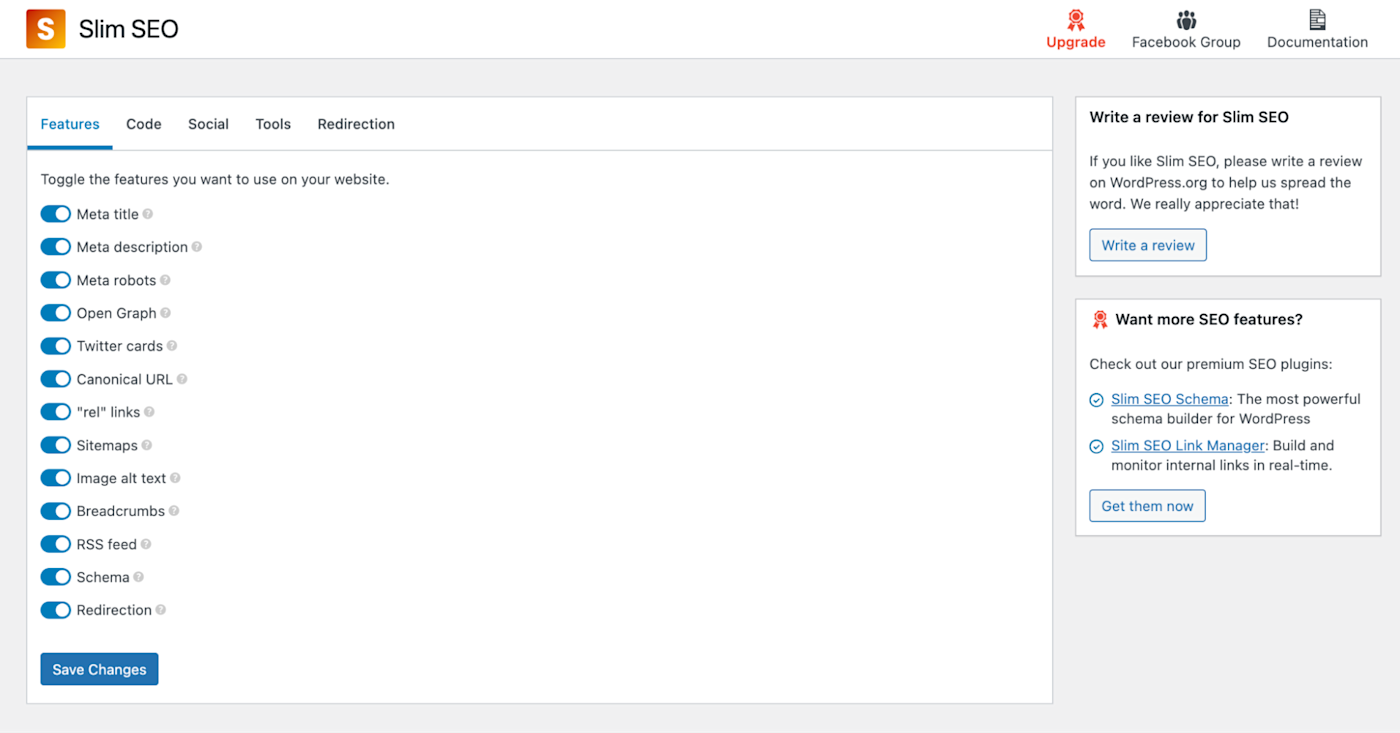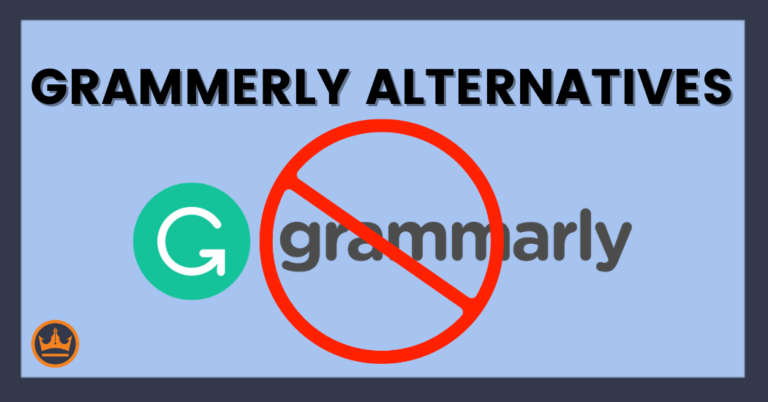Best for Slim SEO Techniques for Advanced Users: Maximize Rankings
In the world of digital marketing, SEO is crucial. Advanced users know this well.
This blog post will dive into the best slim SEO techniques tailored for those with a bit more experience. SEO strategies can often be complex and time-consuming. But for those who have mastered the basics, there’s a need for more refined, efficient methods.
This is where slim SEO techniques come in. These methods streamline your SEO efforts, making them more effective without the extra bulk. By focusing on precision and efficiency, advanced users can enhance their digital footprint with less effort. In this post, we will explore these advanced techniques, helping you make the most of your SEO strategy. Get ready to take your skills to the next level with these expert tips.

Credit: www.hostinger.com
Introduction To Slim Seo
Slim SEO is a lightweight and fast SEO plugin. It helps websites rank better. It has fewer options, making it easy to use. Perfect for advanced users who need speed and efficiency.
Slim SEO saves time with its simple setup. It automates many SEO tasks. Advanced users appreciate its minimalist design. This plugin does not slow down websites. It keeps the website loading fast.
Keyword Research
Identify niche keywords by thinking of specific topics. Use keyword tools for help. Target long-tail keywords to attract specific visitors. These keywords usually have low competition. They are easier to rank.
Experiment with different keyword combinations. Check search volume and difficulty. Focus on keywords with good search volume and low difficulty. Monitor trends and adjust your list as needed.
Analyze competitor keywords to find gaps in their strategy. Use SEO tools to check their top keywords. Look for keywords they rank well for. Find those with less competition.
Compare your keywords with theirs. Identify opportunities for improvement. Focus on keywords they miss or underperform. Use these to gain an edge in the search results.
Content Optimization
High-quality content is key to good SEO. Use short sentences. Make your content clear and easy to read. Split long paragraphs. This helps users read better.
Use keywords naturally. Fit them into sentences where they make sense. Do not overuse them. This can hurt SEO. Place keywords in the title, headers, and first 100 words. This helps search engines find your content.

Credit: zapier.com
Technical Seo
Site speed is very important. Fast websites keep users happy. Slow websites can make users leave. Use lightweight images. Compress images to make them smaller. Minimize CSS and JavaScript. This helps pages load faster. Use a good hosting service. A bad host can slow your site. Use caching. Caching stores parts of your site. This helps it load faster next time. Check your site speed often. Tools like Google PageSpeed can help.
Many users browse on mobile. Mobile-friendly sites are very important. Use a responsive design. This means your site looks good on all devices. Avoid small text. Text should be easy to read on phones. Buttons and links should be easy to click. Test your site on different devices. Make sure it works well everywhere. Tools like Google’s Mobile-Friendly Test can help. Mobile speed is also important. Use the same tips for improving site speed.
On-page Seo
On-page SEO is crucial for advanced users seeking slim SEO techniques. Optimize your content with targeted keywords, meta tags, and internal links.
Optimizing Meta Tags
Meta tags help search engines understand your page. Use a unique title tag for each page. Keep it under 60 characters. The description tag should be concise and descriptive. Use keywords naturally. Don’t stuff too many. Include a call-to-action in the description. This encourages clicks.
Using Header Tags Effectively
Header tags organize your content. They create a structure. Use H1 for the main title. Use H2 for main sections. Use H3 for sub-sections. This makes content easy to read. It helps search engines too. Keywords in headers are important. But, use them naturally. Don’t overdo it. Make sure each header is clear and relevant.

Credit: www.walmart.com
Link Building
High-quality backlinks come from trusted sites. They boost your site’s authority. First, find sites in your niche. Next, reach out with personalized emails. Offer guest posts or collaborations. Make sure your content is valuable. Good content attracts links naturally.
Internal links connect your site’s pages. They help users navigate. Use them to direct traffic to important pages. Also, they improve your site’s SEO. Link from high-traffic pages to low-traffic ones. This spreads link juice. Keep links relevant to the content.
Tracking And Analytics
Google Analytics helps track website performance. Start by creating an account. Link your website to the account. Use the tracking code provided by Google. Paste this code into your website’s HTML. This helps track visitor data.
Regularly check your Google Analytics dashboard. Look at metrics like organic traffic, bounce rate, and session duration. These help understand user behavior. Track keyword performance. Identify which keywords bring in traffic. Adjust your SEO strategies based on this data.
Advanced Seo Tools
Advanced users need the right tools. These tools help find keywords and track rankings. They also analyze backlinks and improve website speed. Each tool has a unique feature. Combining them gives the best results. Here are some must-have SEO tools:
| Tool | Feature |
|---|---|
| Ahrefs | Backlink analysis |
| SEMrush | Keyword research |
| Google Analytics | Website traffic tracking |
| Yoast SEO | On-page SEO |
Automation can save time. It also ensures consistency. Use automated tools to schedule posts. Monitor site health and track performance. Automation helps focus on strategy. It reduces manual tasks. This makes SEO efforts more efficient.
Frequently Asked Questions
What Are Slim Seo Techniques?
Slim SEO techniques focus on optimizing your site without slowing it down. They use lightweight, efficient methods.
Why Are Advanced Users Interested In Slim Seo?
Advanced users prefer slim SEO for its efficiency. It enhances performance without heavy plugins or tools.
How Can Slim Seo Improve Site Speed?
Slim SEO reduces unnecessary code and resources. This leads to faster loading times and better user experience.
Conclusion
These slim SEO techniques empower advanced users to enhance their digital presence. By focusing on efficiency and precision, you can drive more organic traffic. Keep experimenting with these strategies for continual improvement. Remember, small adjustments lead to significant results. Stay updated with the latest SEO trends.
Implement these tips to stay ahead in the competitive digital landscape. Happy optimizing and good luck with your SEO journey!






